Lead US FTA negotiators oppose reciprocal tariffs on Australia
The chief US negotiator of America’s free-trade agreement with Australia says there is no compelling reason for Canberra to be targeted in Donald Trump’s planned tariffs.
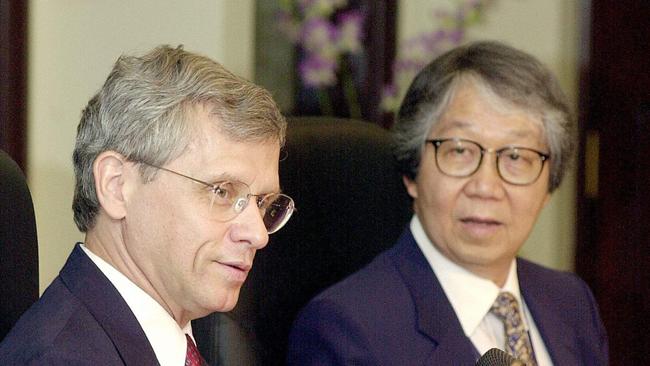
The chief American negotiator for the two-decade-old US-Australian Free-Trade Agreement says there is no compelling case for Donald Trump to target Canberra in his new regimen of reciprocal tariffs commencing on April 2, arguing that reciprocity was achieved 20 years ago when the deal first entered into force.
Ralph Ives, the former assistant US trade representative for Asia-Pacific and APEC affairs, told The Australian there was a strong case for Canberra to be excluded from the April 2 reciprocal tariffs dubbed “Liberation Day” by the US President.
He made clear that imposing tariffs in response to non-tariff trade barriers in a few key sectors in Australia would be a complex endeavour and economically unwise and would inflict unnecessary damage on one of America’s strongest relationships.
The US deputy lead negotiator on the free-trade agreement, Barbara Weisel, also told The Australian the FTA had “contributed to a large and mutually beneficial increase in two-way trade between the countries”.
She warned that non-tariff trade barriers in the areas of agriculture, intellectual property and digital trade among others had been identified by the USTR as problematic in previous years and should be “swiftly addressed”.
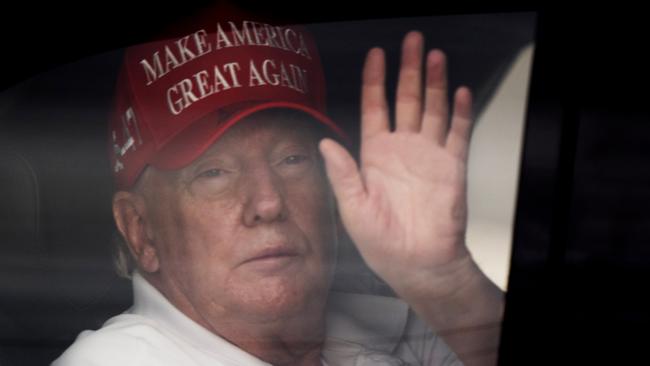
Relationship issues
Australia has already been hit by Mr Trump’s 25 per cent tariffs on steel and aluminium from March 12 and has been making representations to the most senior levels of the Trump administration as to why the country should not be captured by the planned reciprocal tariffs. Canberra has not received any clear guidance about whether it could be targeted on April 2, but any move to tariff Australia would feed directly into the election campaign and raise complex questions about the future of the US relationship and alliance management under Mr Trump.
“As a former negotiator with Australia, it seems to me our trading relationship is very good, very solid, and should not be the target of reciprocal tariffs,” Mr Ives said.
Mr Ives, who led the American negotiations for the FTA under the then leadership of US trade representative Bob Zoellick, said he would be “really surprised if Australia is one of the countries that is included”.
“They’ve been a partner in war. Australia’s been there,” he said.
“We have a trade surplus with Australia.
“There are strong arguments that we have a good relationship with Australia. Let’s keep it. We already have reciprocity – almost all the tariffs are zero because of the free-trade agreement.”
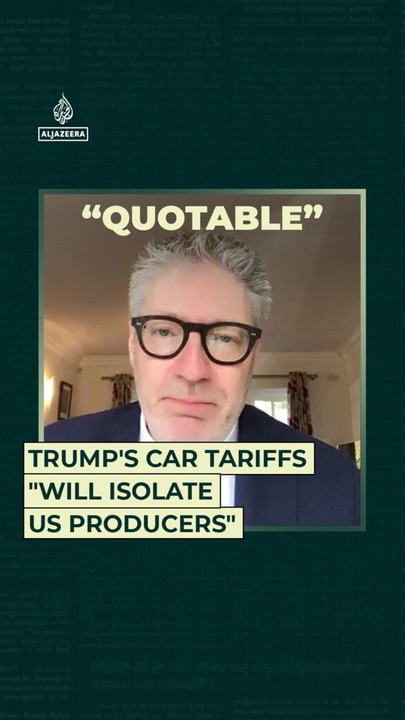
‘Agreement was done right’
The US has enjoyed a trade surplus with Australia since 1952, but the White House last week indicated that any judgment on whether reciprocal tariffs should be levied would be based on an assessment of tariff and non-tariff trade barriers rather than trade balances.
Mr Ives said the free-trade deal with Australia had stood the test of time and many of the tricky issues relating to sugar, pharmaceuticals, intellectual property protections, investor state dispute settlement and government procurement provisions had been carefully traversed at the time.
“Everyone views it very successfully. I don’t think there’s been any disputes. The agreement was done right. Investment has blossomed,” he said.
Ms Weisel, a former assistant US trade representative for Southeast Asia and the Pacific, said the trade balance “which has been in the US favour for decades, has tilted further toward the US in the years since the FTA went into force”.
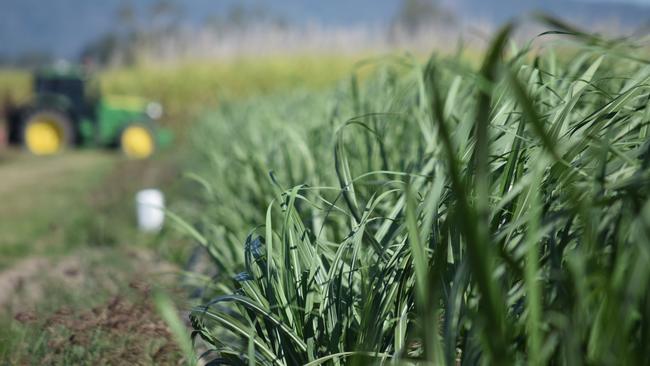
The year before the FTA commenced, she said “US exports to Australia totalled $US15.2bn and US imports from Australia totalled $US9.2bn, according to data from the US Census Bureau.”
“In 2024, US exports to Australia grew to $US39.7bn, more than 2½ times the level since the FTA went into force, while US imports increased to $US22.8bn, also more than doubling,” she said.
“While the Trump administration appears more focused on trade in goods than services, services trade in both directions has nearly quadrupled.
“Two-way foreign direct investment also increased.”
‘Barriers should be addressed’
Asked whether there was a case for Australia to be included in the April 2 tariffs, she said the USTR “regularly catalogued significant barriers to US exports” and had “highlighted non-tariff barriers related to agricultural, intellectual property, digital trade, and others”.
She said these “barriers should be swiftly addressed” but not did not endorse reciprocal tariffs as an appropriate response from the US side.
“Given the potential risks to the US-Australia trade relationship and co-operation on pressing global trade challenges, and to the bilateral alliance, other approaches should be found,” Ms Weisel said.
“Putting renewed energy into the annual review mandated under the FTA would be a good place to start.”
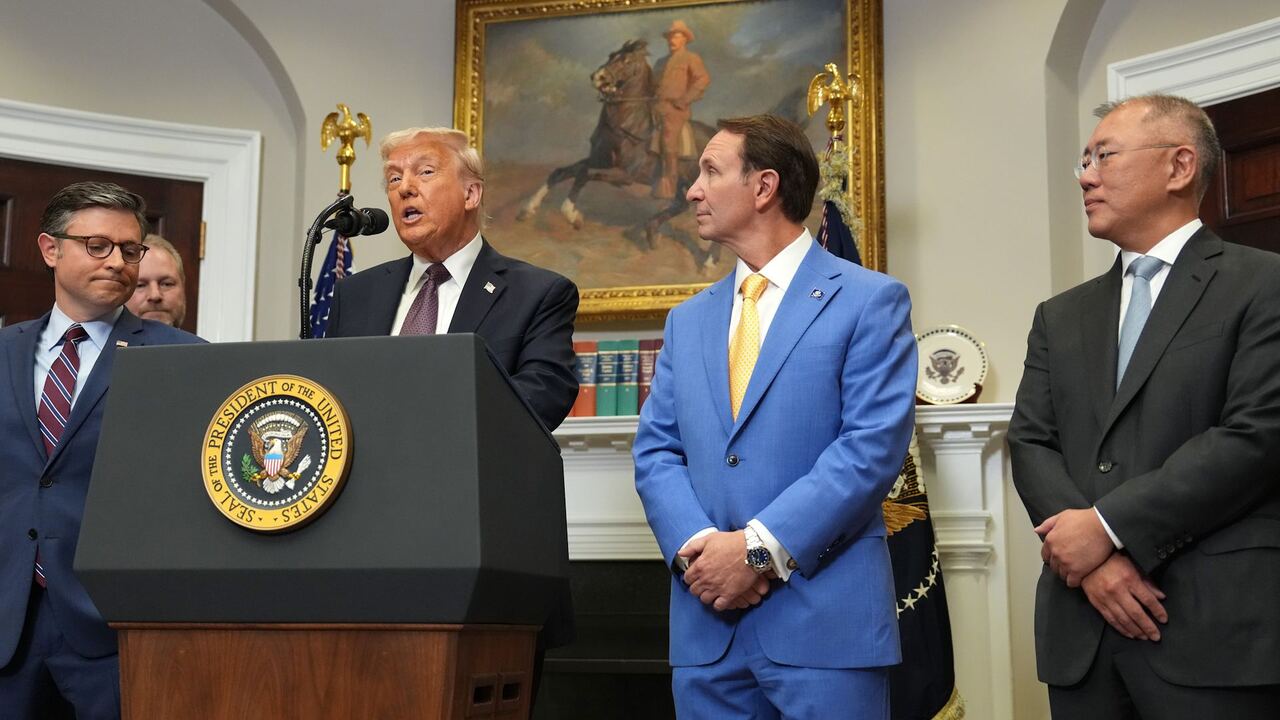
Rod Hunter, a lawyer based in Washington who served as a special assistant to president George W. Bush with responsibility for trade when the FTA was negotiated, offered a more nuanced view.
He told The Australian that tariffs served multiple purposes for Mr Trump and it was difficult to predict which justification the US President might use on any given day for new tariffs.
Australia did have vulnerabilities in some key sectors where the US perceived unfair non-tariff trade barriers, so what happened on April 2 could boil down to what interpretation of reciprocity Mr Trump would embrace.
Reciprocity
“As the Hollywood screenwriter William Goldman said: ‘Nobody knows anything.’ President Trump’s trade decisions are animated by competing sentiments,” Mr Hunter said.
“Reciprocity. He says trade should be based on reciprocity, though it’s hard to know what that means. Reciprocity by tariff line, on a sector basis, or across an entire relationship?
“Mercantilism. He thinks trade deficits are bad and wants more domestic manufacturing. But tariffs hurt US manufacturers dependent on imported inputs, not to mention the secondary effects of retaliatory tariffs.
“Cudgel. He uses tariff threats for unrelated ends, though threats become less effective with use.
“Personal relations. He views foreign policy through the lens of personal relationships. Compare the success of Japan’s Shinzo Abe with the recent misadventures of Canada’s Justin Trudeau.
“Attention. He’s discovered that emergency powers, like some royal prerogative, allow him to impose tariffs at will, putting him on centre stage. Great for ratings.”
Because of this approach, Mr Hunter said it was “hard to predict which sentiment will win out on any given decision on any given day … and for how long”.








To join the conversation, please log in. Don't have an account? Register
Join the conversation, you are commenting as Logout